Recently, an Israeli startup has launched a new product called “Omakase Beef Morsels”, which is made from “cultured meat” using 3D printing technology.
Israeli company Steakholder Foods Ltd has unveiled their new product, Omakase Beef Morsels, which are bioprinted with cultured meat.
Omakase: A Japanese culinary style without a fixed menu, where the chef decides the dishes and prices based on the ingredients. The term “おまかせ” in Japanese means “leave it to you.”
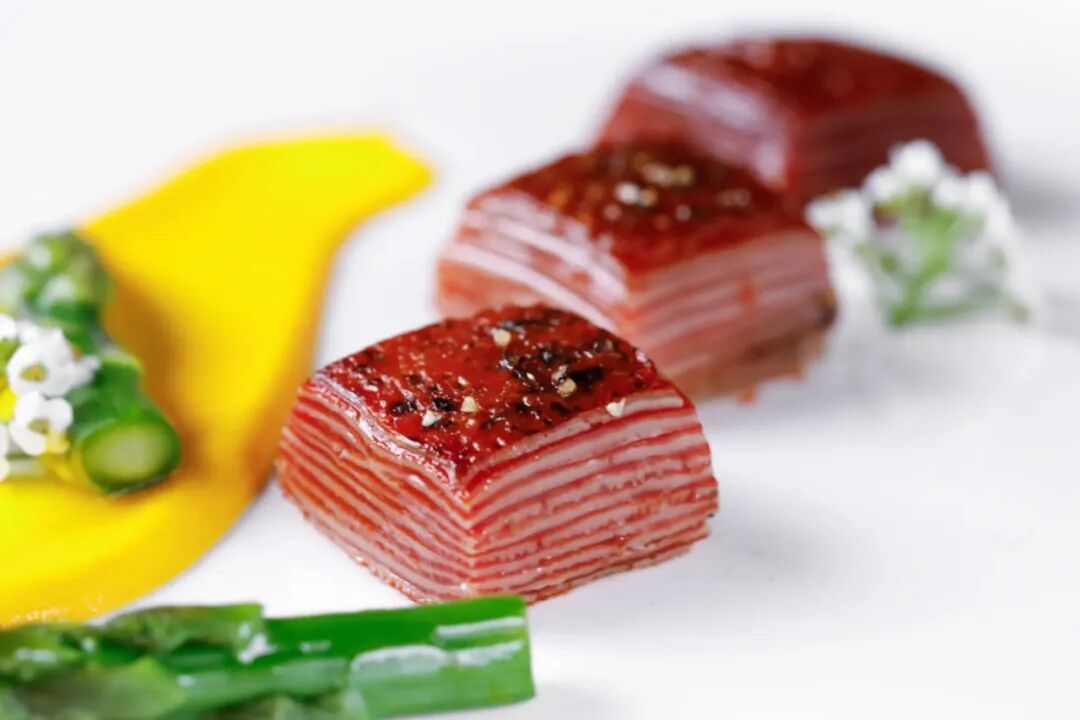
The inspiration for this meat comes from Japanese Wagyu, which is known for its marbled patterns and high price.
The morsels are inspired by the world famous Wagyu beef, which is notable for its fat marbling patterns in the meat. It’s also very expensive.
morsel: a small piece
Wagyu beef: Japanese Wagyu, a breed of cattle known for its juicy tenderness and unique flavor.
Source: CCTV News The company claims that through cutting-edge bio-convergence technology, they have collaborated closely with 3D printing engineers and cellular biologists to create this 3D printed beef with beautiful marbling.
The company’s technology can print the product at scale to include the marbling that Wagyu beef is famous for, and comes as the “result of cutting-edge bio-convergence with intensive collaboration between its 3D-printing engineers and cellular biologists” according to the press release.
The Birth of 3D Printed Meat
With the rhythmic sound of “printing”, the tray moves back and forth between the nozzles filled with red and white “ink”, giving birth to the strands of beef. Whether it’s the fat-to-lean ratio, shape, or texture, corresponding parameters can be adjusted in the program for personalized production.
The muscle tissue and fat are printed from two separate bioinks. The layers of meat and fat can be reconfigured in different proportions to create different tasting experiences. A morsel can be made juicier, chewier, and the flavor can be altered also.
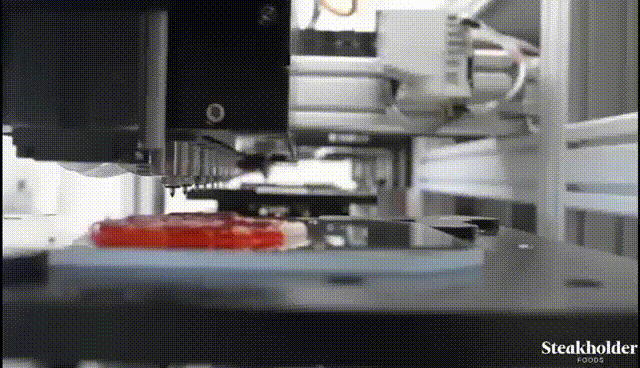 “Cultured meat” (cultured meat) is also known as “cell-cultured meat”, which is based on animal stem cells and artificially cultivated. First, the target animal with delicious meat suitable for mass production is selected, and stem cells are extracted. Then, the stem cells are placed in a nutrient-rich culture medium for proliferation.
“Cultured meat” (cultured meat) is also known as “cell-cultured meat”, which is based on animal stem cells and artificially cultivated. First, the target animal with delicious meat suitable for mass production is selected, and stem cells are extracted. Then, the stem cells are placed in a nutrient-rich culture medium for proliferation.
The process works by first selecting the animals to extract the stem cells from. The cells are selected from animals that will provide the best meat and yield. The next step is proliferation, in which the cells are placed into a nutrient rich reactor to multiply.
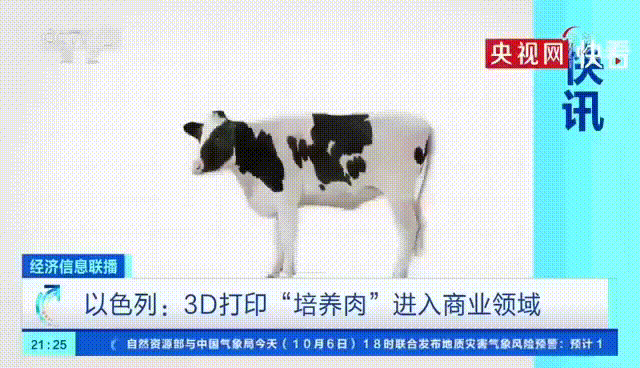 After reaching a certain number, the stem cells will differentiate into muscle cells and fat cells, which are the red and white “inks” needed for 3D printing. Once the “cultured meat” is freshly produced, it can be made into burgers, steaks, or even meatloaf.
After reaching a certain number, the stem cells will differentiate into muscle cells and fat cells, which are the red and white “inks” needed for 3D printing. Once the “cultured meat” is freshly produced, it can be made into burgers, steaks, or even meatloaf.
When the cells reach optimal numbers, the stem cells differentiate into muscle cells and fat cells. In the final steps, the muscle cells and fat cells are turned to meat, ready to be processed into the final product, be it a burger, a steak, or even a meatloaf.
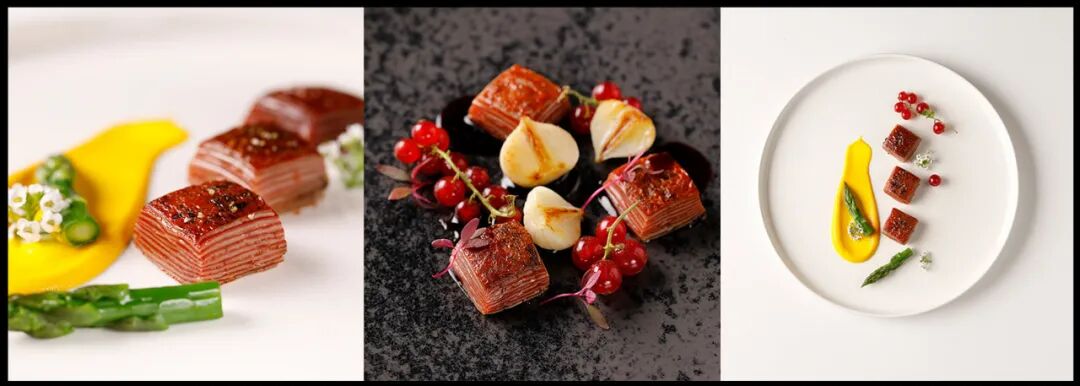 Image Source: Steakholder Foods
Image Source: Steakholder Foods
Why 3D Print Meat?
While the appearance of 3D printed meat seems appealing, some may question the necessity of promoting such a time-consuming and costly product. Researchers have provided an answer from an environmental perspective: compared to traditional meat production, cultured meat can reduce the adverse environmental impact.
Researchers suggest that lab-made beef is bound to reduce the environmental toll from conventional meat production methods.
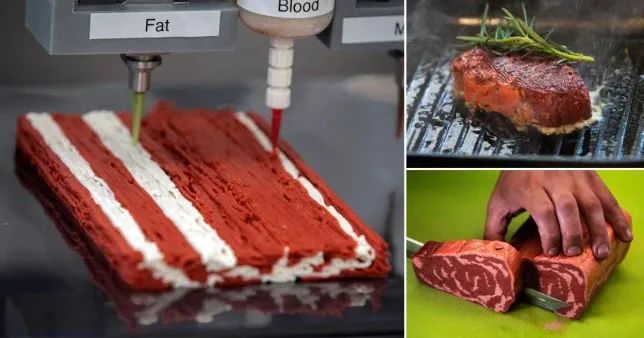 Image Source: Metro In 2019, a report from the University of Oxford indicated that compared to traditional production methods, “cultured meat” produced using tissue engineering techniques can reduce greenhouse gas emissions by up to 96%, energy consumption by 45%, land use by 99%, and water use by 96%.
Image Source: Metro In 2019, a report from the University of Oxford indicated that compared to traditional production methods, “cultured meat” produced using tissue engineering techniques can reduce greenhouse gas emissions by up to 96%, energy consumption by 45%, land use by 99%, and water use by 96%.
A 2019 report from the University of Oxford suggests “cultured meat” grown using tissue engineering techniques produces up to 96% less greenhouse gas emissions, 45% less energy, 99% lower land use, and 96% lower water use than the conventional process.
Additionally, cultured meat can reduce livestock farming and slaughtering, helping to maintain animal rights and health.
Additionally, producing meat without having to raise and slaughter cattle may work out better for ensuring animal welfare and overall health.
Regardless, technology is advancing, and times are changing; even meat can be 3D printed now. If one day, 3D printed meat is mass-produced and served on tables, would you be willing to try it? Come to the comments section and share your thoughts with us!Editor: Zuo ZhuoIntern: Wang AnranSource: Xinhua News Agency, 3D Printing.com, Bleeping ComputerThe China Daily Intensive Reading Program is here!20 minutes a day, to help you learn English and see the world!Click the image to learn more↓↓↓

Recommended Reading
